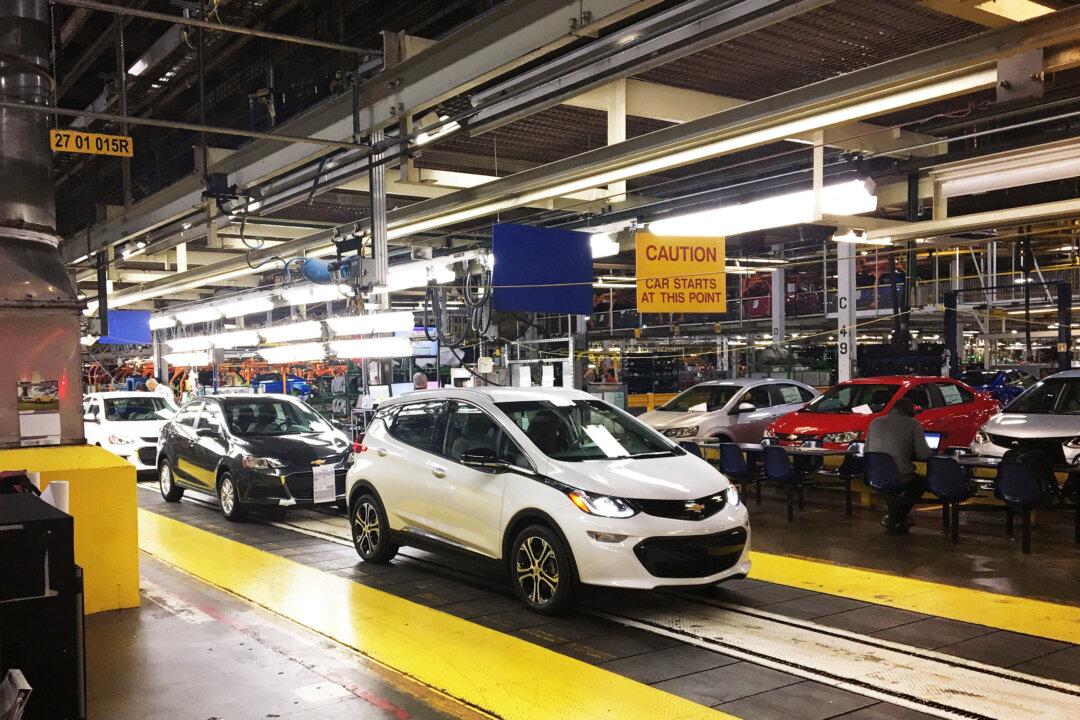The Department of Transport is looking at adjusting the rebate customers can claim when buying a zero-emission vehicle (ZEV), says a briefing note, as first reported by Blacklock’s Reporter.
Right now consumers can get up to $5,000 for buying a battery-electric vehicle (BEV), hydrogen fuel cell vehicle, or longer-range plug-in hybrid electric vehicle (PHEV), the latter referring to a vehicle with an electric range of at least 50 kilometres. Shorter-range PHEVs are eligible for up to $2,500.





